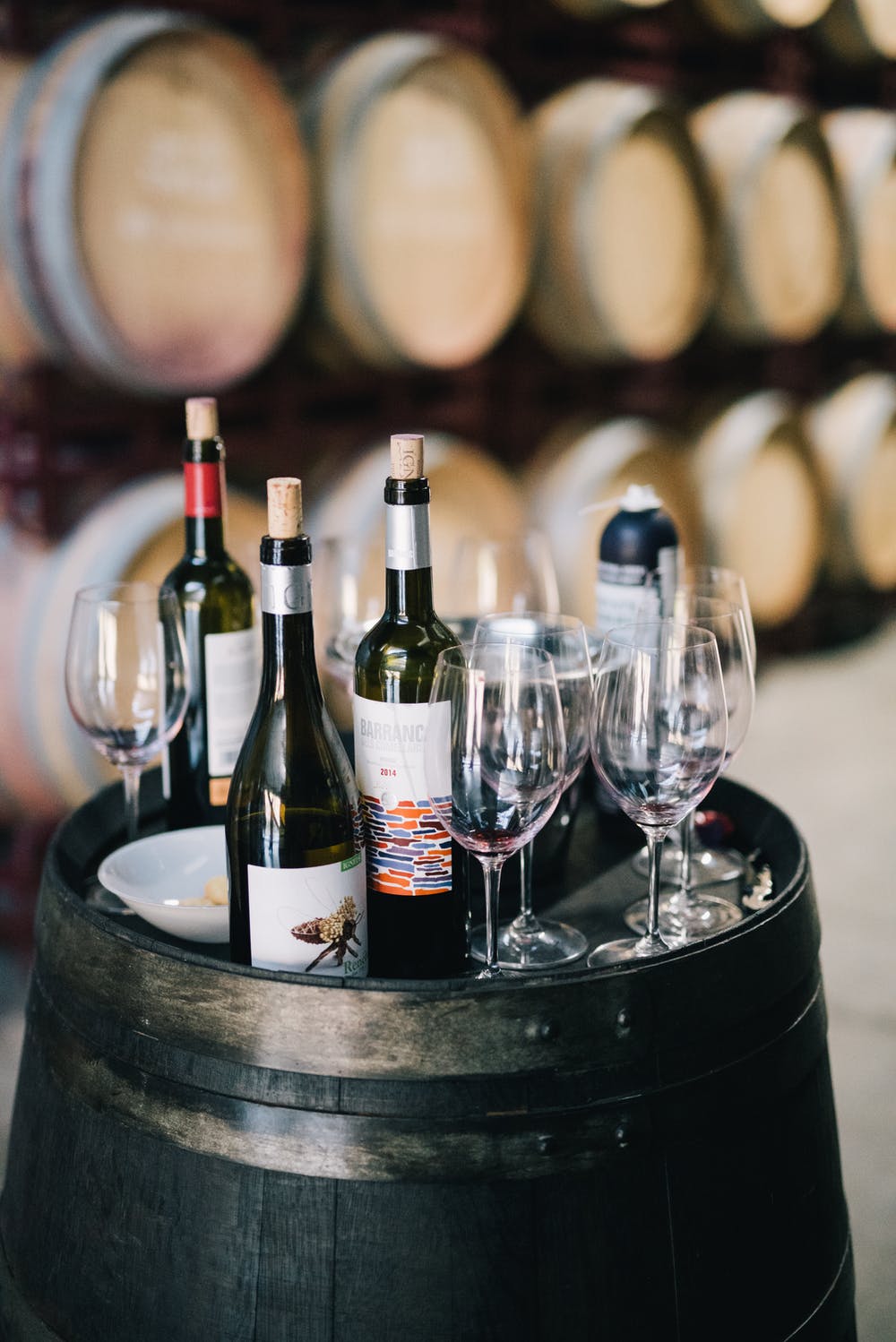Reduce GHG emissions in the cellar

The winegrower can take a number of steps in the cellar to reduce these CO2 emissions:
The vinification:
- Energy control during winemaking, temperature control system, etc.
- CO2 capture during winemaking
- Bottling, choice of dry matter:
- Bottles:
- a lighter bottle reduces emissions during transport
- The shape of the bottle is a lever for optimizing storage and palletizing according to the boxes.
- The color of the bottle: the darker the color, the more possibility there is to add clacin (recycled scrap glass). The addition of cullet reduces CO2 emissions during the manufacture of the bottle.
- Labels: Printing medium, Glassine, adhesive, inks
- Choice of printing medium: co-sourced, bio-sourced, recycled paper, paper weight,
- Ink: digital printing saves energy thanks to faster registration,
- The label format: A smaller label uses less paper and ink.
- Lower glassine basis weight allows for greater flexibility in a labeler and the smaller volume label roll for the same number of labels.
- Caps - closing systems
- Stoppers partially made from recycled cork (by-products)
- Compostable or easy-to-recycle mono-polymer closures
- Corks derived from sugar cane
- Boxes
- Reflection on the papers, surface used, grammage, which will influence the weight and the volume therefore the palletization
- Same reflection on the wedges in the cardboard (concept, materials)
- Bottles:
Author: Maddy Tintinger
You want to contribute to this solution card, contact: contact@vineas.net
Relations
- Network
- List
- Geolocation
